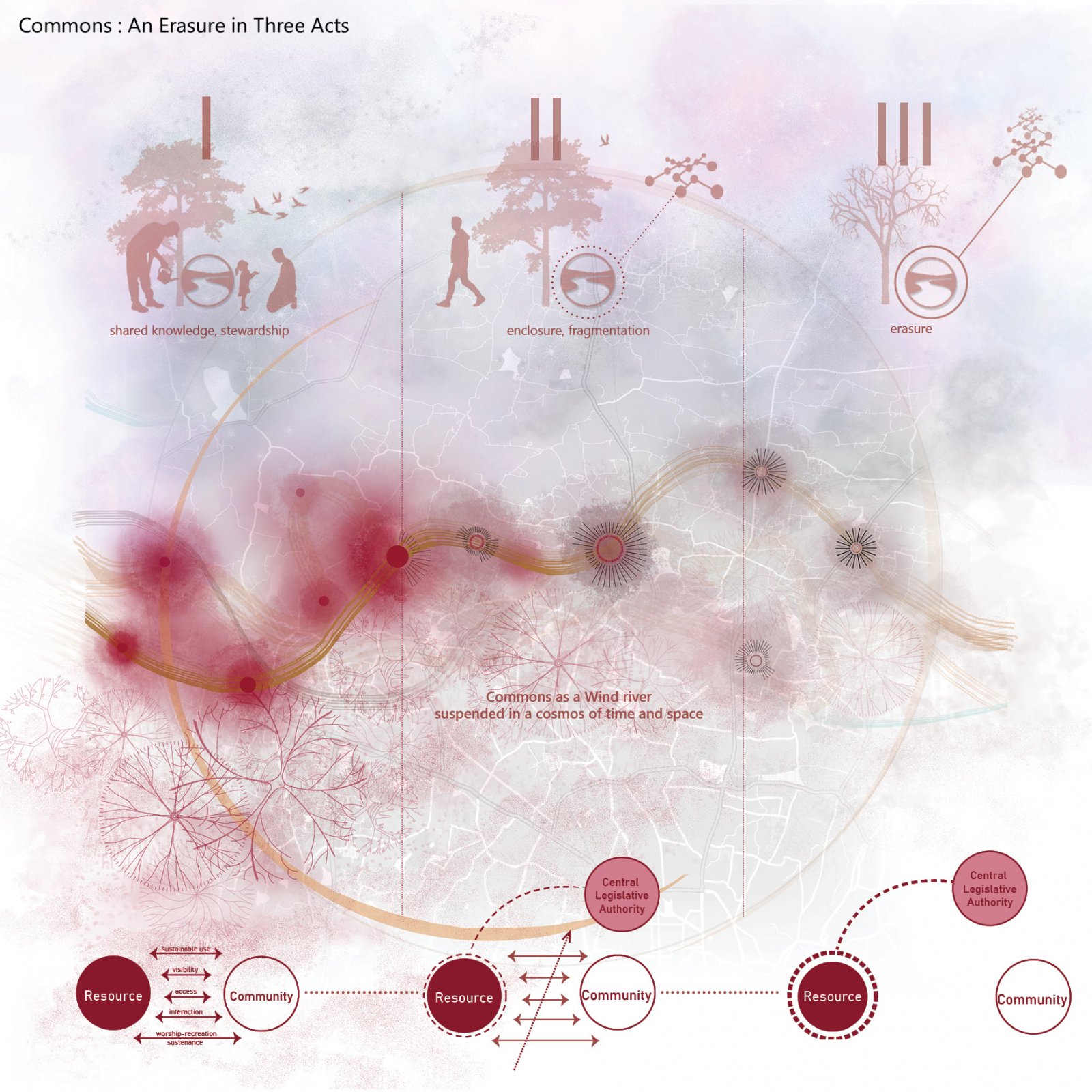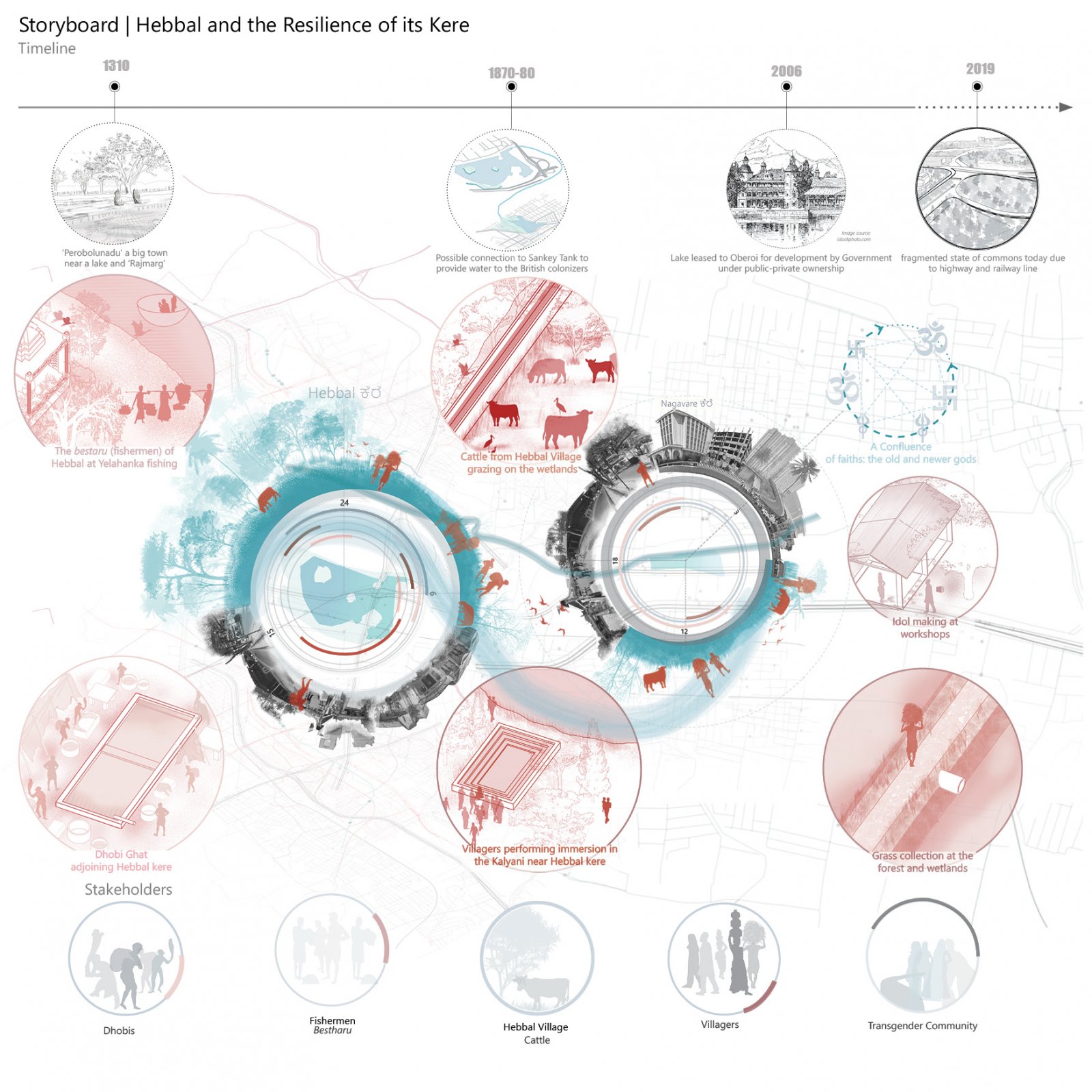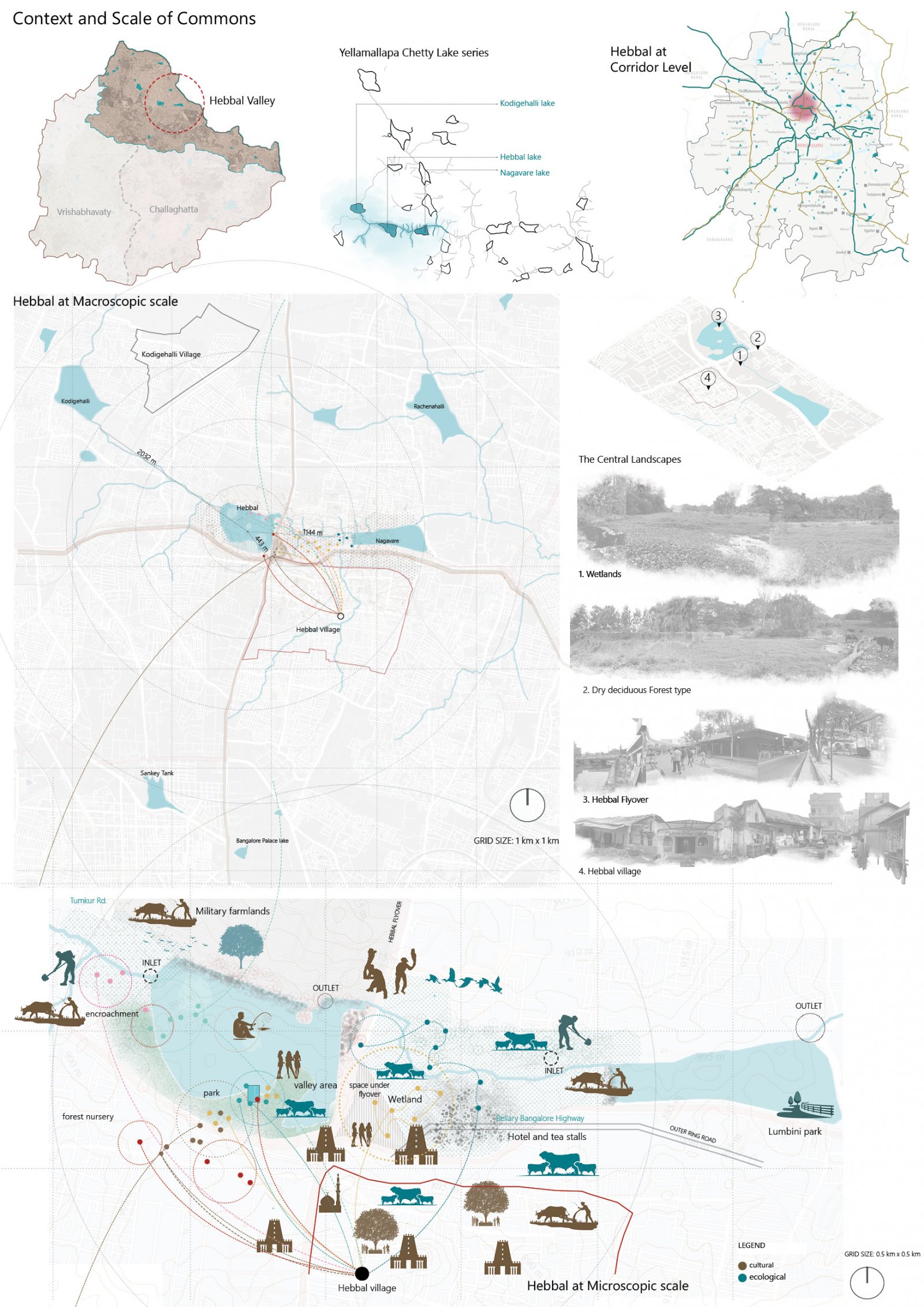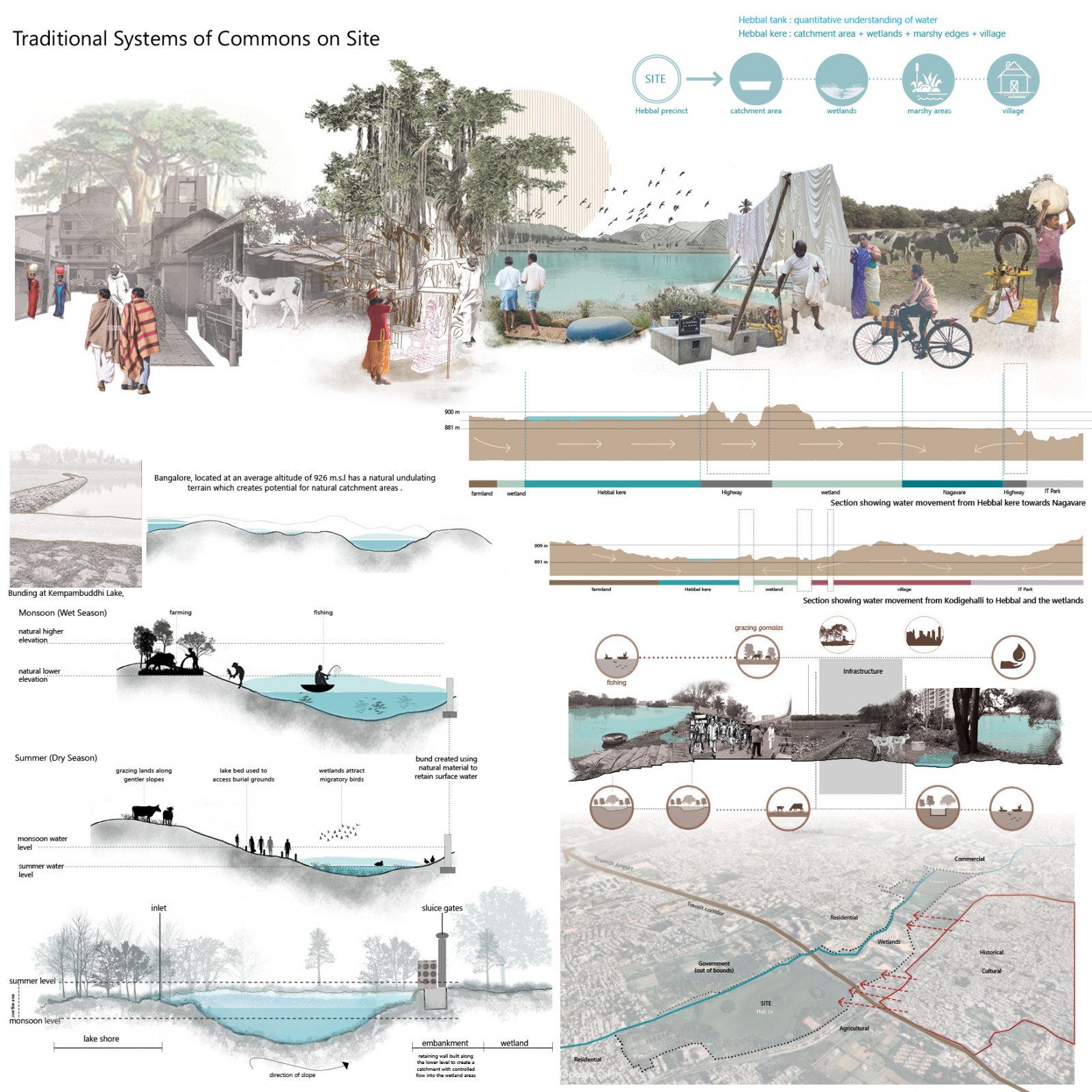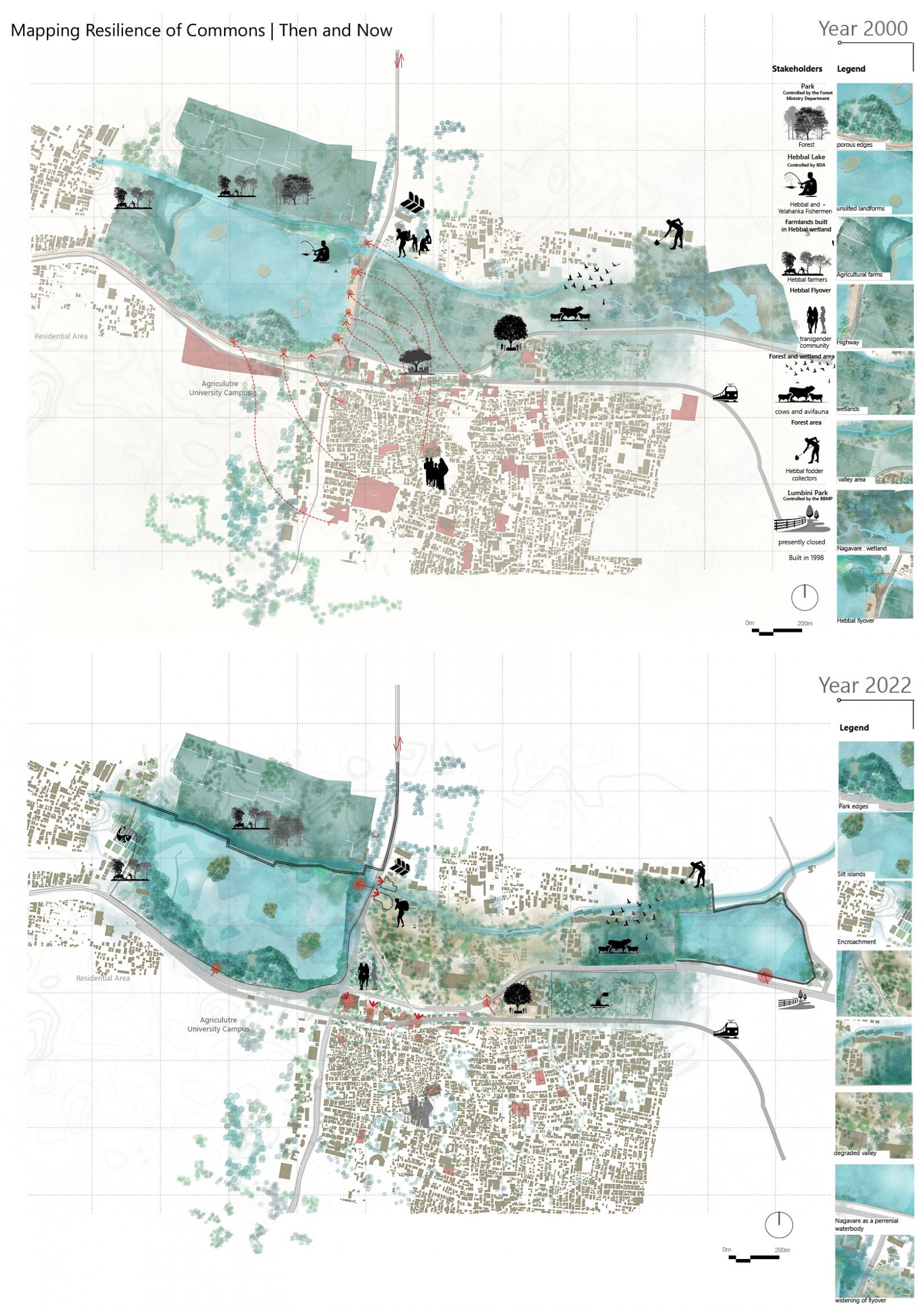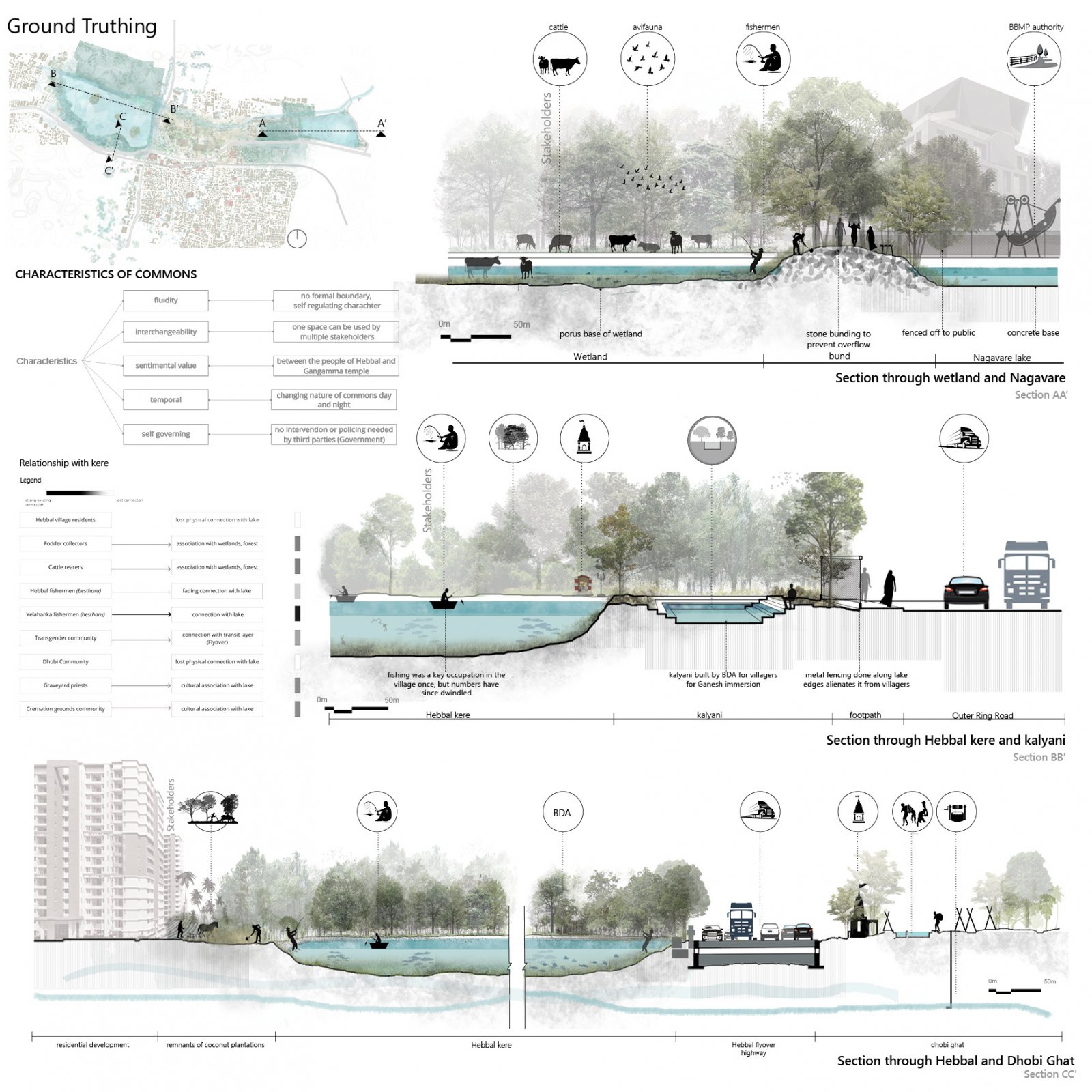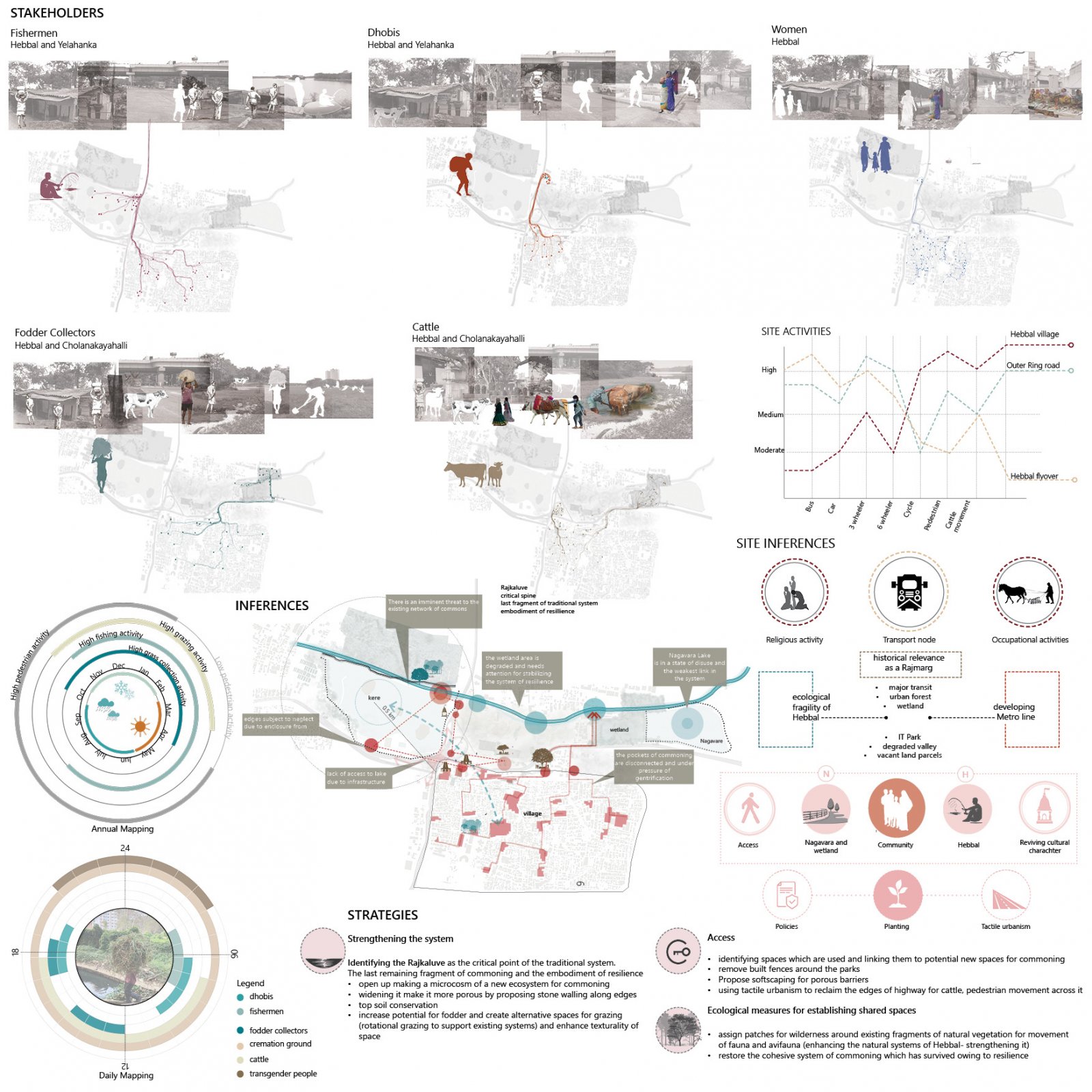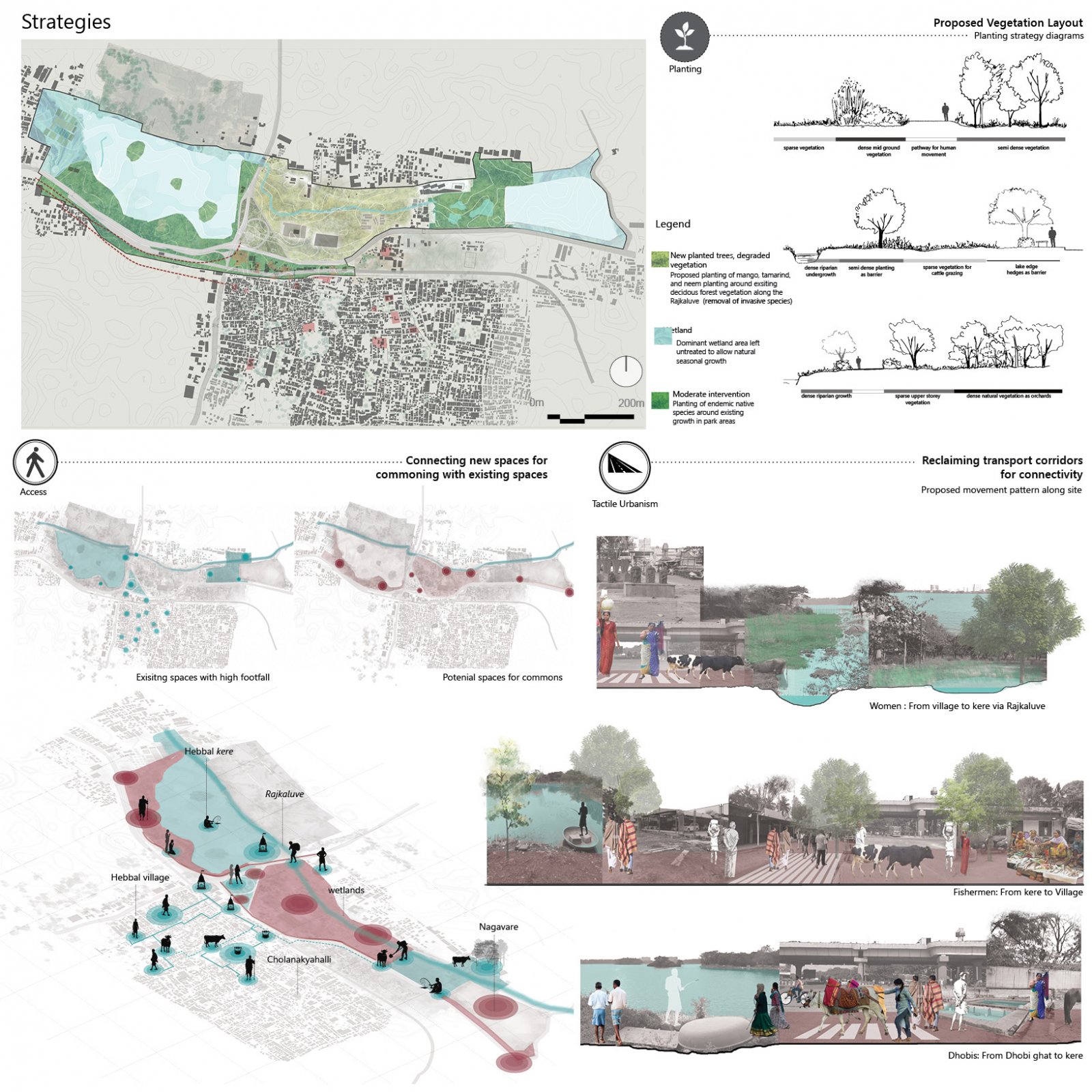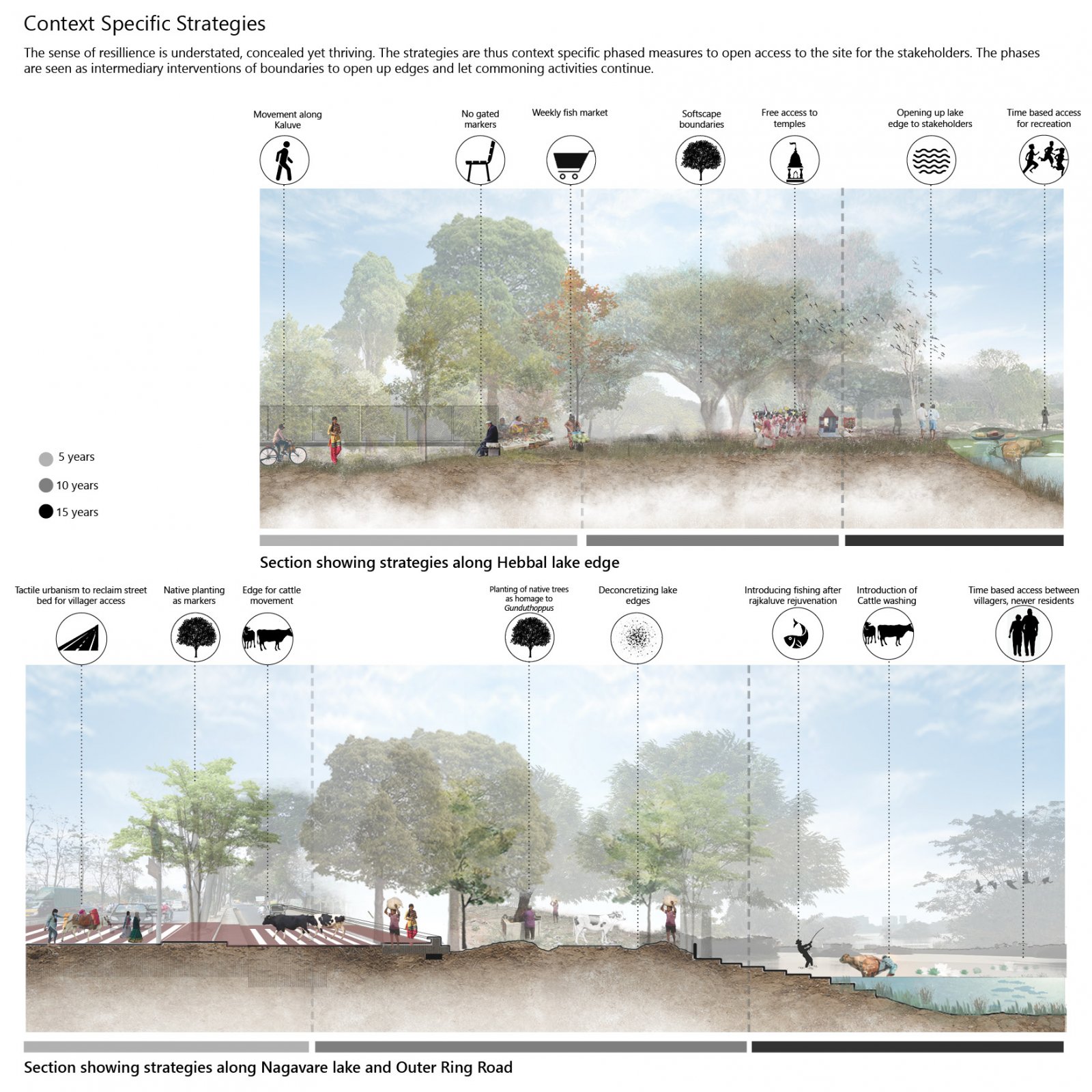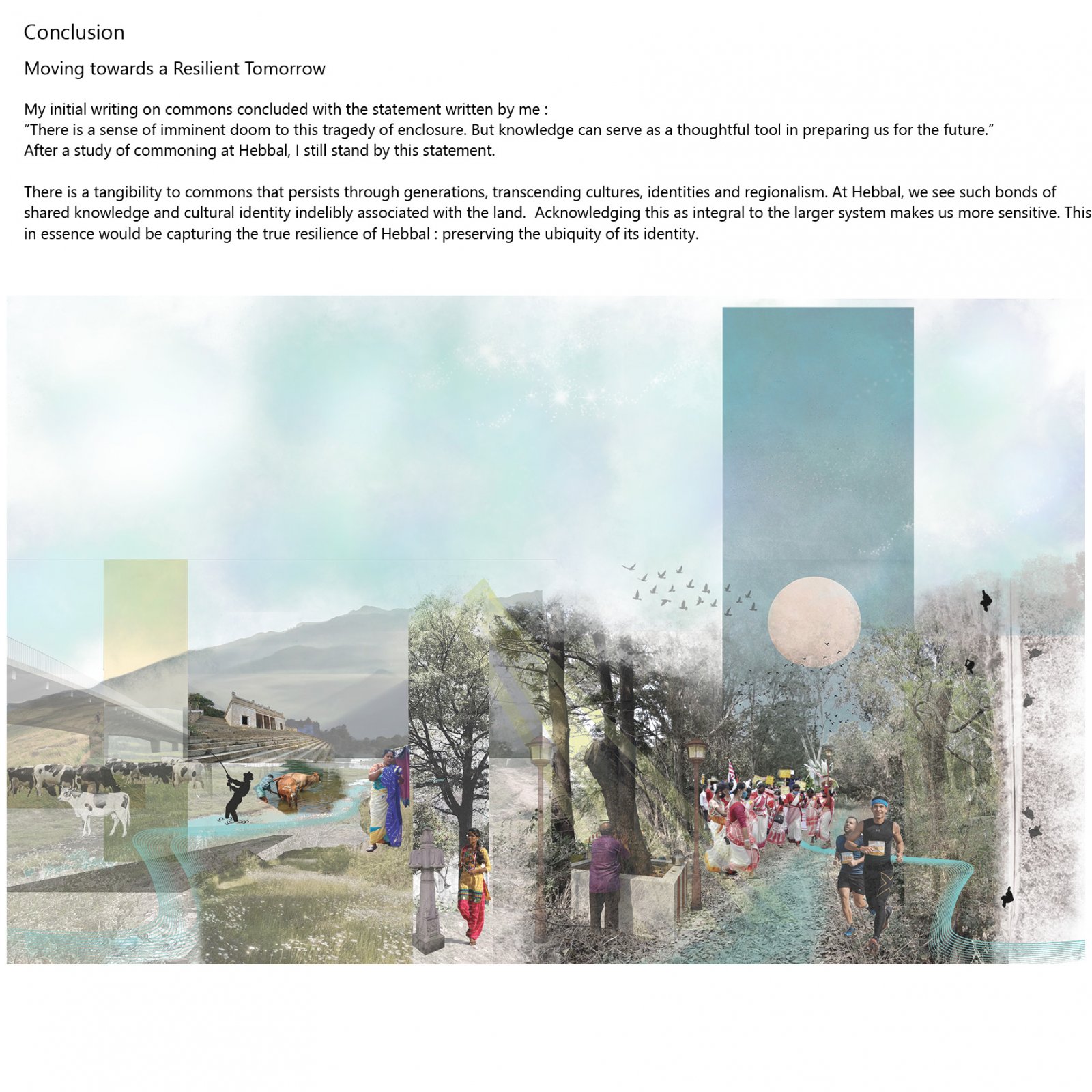Your browser is out-of-date!
For a richer surfing experience on our website, please update your browser. Update my browser now!
For a richer surfing experience on our website, please update your browser. Update my browser now!
Hebbal kere is a lake north of Bangalore city, connecting it to the Airport via Hebbal flyover. The lake and adjoining village juxtaposed with the highway and flyover fragmenting the landscape further projecting it to understand its tenacity.
View Additional Work